Home>Ideas and Tips>How To Choose And Install The Right Bathroom Toilet
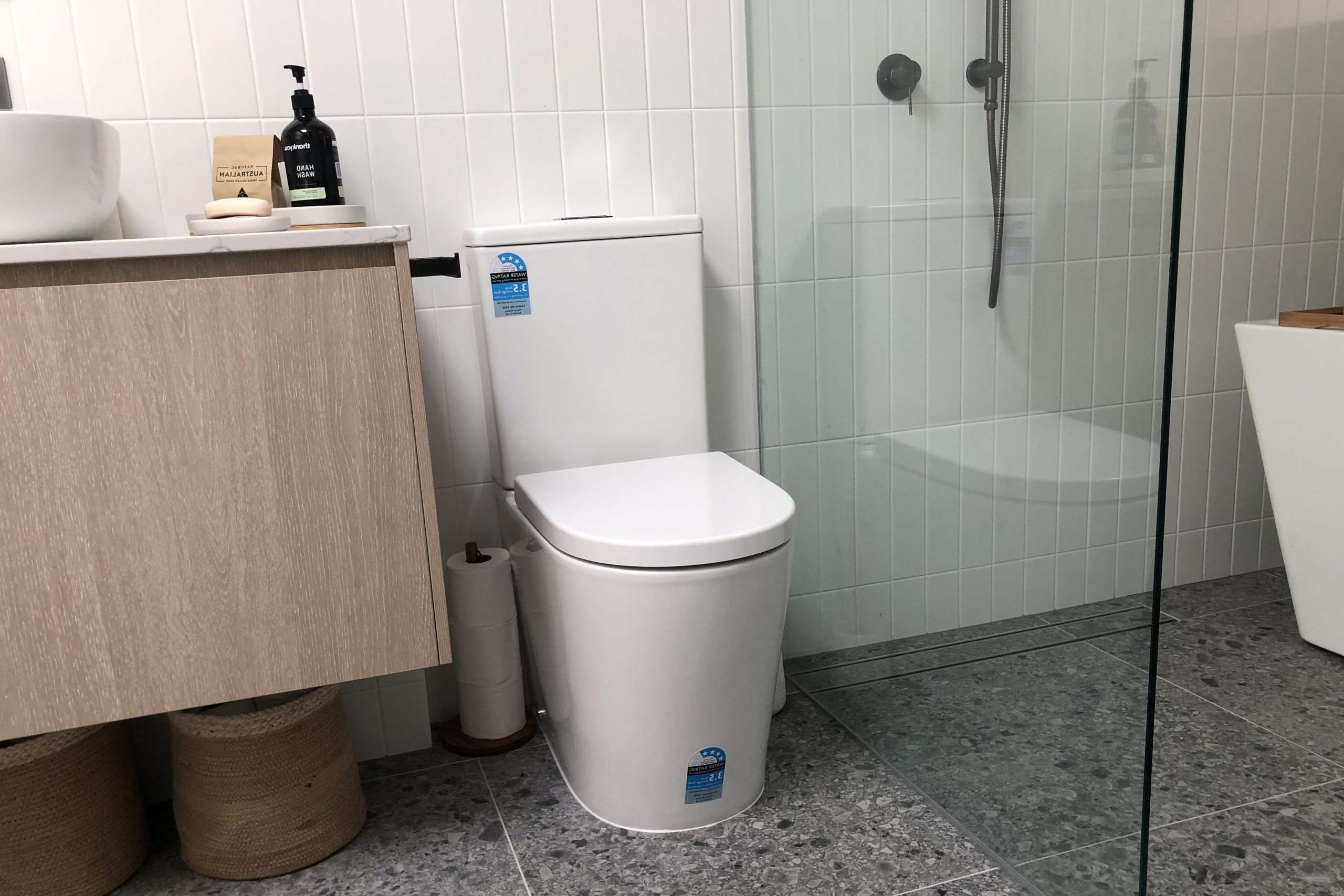

Ideas and Tips
How To Choose And Install The Right Bathroom Toilet
Modified: October 18, 2024
Learn how to choose the perfect bathroom toilet and follow our step-by-step guide to install it effortlessly. Enhance comfort and efficiency in your bathroom.
(Many of the links in this article redirect to a specific reviewed product. Your purchase of these products through affiliate links helps to generate commission for Storables.com, at no extra cost. Learn more)
Choosing the right bathroom toilet is a crucial decision that can significantly impact your daily comfort and the overall aesthetic of your bathroom. With numerous types of toilets available, each offering unique features and benefits, selecting the perfect one can be overwhelming. In this article, we will guide you through the process of choosing the right bathroom toilet and provide a step-by-step guide on how to install it.
Understanding Your Needs
Before diving into the world of toilets, it's essential to understand your specific needs. Here are a few key factors to consider:
-
Space and Dimensions: Measure your bathroom space carefully to ensure the new toilet fits comfortably. The rough-in size (the distance from the wall behind the toilet to the center of the drainpipe) is crucial. Standard rough-in sizes are typically 12 inches, but it can vary between 10 to 14 inches in some cases.
-
Water Efficiency: Modern toilets are designed to be water-efficient. Look for models that use 1.6 gallons per flush (gpf) or less, as these are the federal standards since 1994.
-
Comfort and Accessibility: Consider the comfort and accessibility of the toilet. Standard height toilets have rims that are 14 to 15 inches from the floor, which should work well for shorter people. Chair height toilets with seats at 17 inches or more are ideal for taller individuals. ADA-compliant toilets have rims between 15 to 17 inches, making them suitable for people with disabilities.
-
Type of Toilet: There are several types of toilets available:
- Two-Piece Toilets: These are the most common type, featuring a separate tank and bowl. They are generally more budget-friendly and have easy-to-find parts.
- One-Piece Toilets: These toilets have the tank and bowl combined into one unit. They offer a sleek, stylish design with no crevices to hide dirt, making them easier to clean.
- Wall-Hung Toilets: These toilets attach to the wall and do not have a base. They are versatile and space-saving, ideal for those using wheelchairs or walkers. However, they require professional installation due to the need for a wall drain.
- Urinals: Typically found in public restrooms, residential urinals can be a convenient addition to a game room, garage, or workshop. They use less water per flush and are easier to clean.
Choosing the Right Features
Once you've narrowed down your options based on space and type, it's time to consider the features that matter most to you:
-
Flushing Performance: The flushing performance is crucial. Look for toilets with powerful flushing systems that can handle waste efficiently in a single flush.
-
Water-Saving Features: Toilets with dual flush options or low-flow models can significantly reduce water consumption. WaterSense certifications ensure that the toilet uses 1.6 gallons of water per flush or less.
-
Comfort Features: Consider features like heated seats, soft-close seats, and antimicrobial coatings. Heated seats can add a cozy touch, while soft-close seats ensure a quiet and safe experience. Antimicrobial coatings help keep the toilet clean by reducing bacterial growth.
-
Design and Aesthetics: The design of the toilet can greatly impact the overall look of your bathroom. Choose from various shapes like round, oval, or elongated bowls. Some toilets come with sleek designs that conceal traps, making them easier to clean.
Measuring Your Space
To ensure that your new toilet fits comfortably in your bathroom, follow these steps:
-
Measure the Rough-In Size: Measure the distance from the wall behind the toilet to the center of the drainpipe or bolts that attach the toilet to your floor. This measurement should be 12 inches for most installations but can vary between 10 to 14 inches in some cases.
-
Check the Clearance: Ensure there is enough clearance around the toilet for comfortable use. A minimum of 15 inches unobstructed space in front and at least 12 inches around the toilet is recommended.
-
Measure the Vanity and Shower Curb: If you have a vanity or shower curb, measure how far into your room they will go and how much space will be between the end of the toilet and these fixtures. This will help you choose a toilet that fits comfortably in your space.
Installing Your New Toilet
Once you've chosen the right toilet, it's time to install it. Here’s a step-by-step guide:
Step 1: Prepare Your Tools and Supplies
Before starting the installation, gather all necessary tools and supplies:
- Seal: A wax ring or rubber gasket to seal the toilet to the floor.
- Wax Ring: A ring of wax that creates a watertight seal between the toilet and the floor.
- Flanges: Bolts and washers to secure the toilet to the floor.
- Plumber's Putty: For sealing any gaps around the base of the toilet.
- Adjustable Wrench: For tightening the bolts.
- Socket Wrench: For removing old toilet bolts.
Step 2: Disconnect Water Supply
Turn off the water supply to the toilet by locating the shut-off valve behind the toilet and turning it clockwise. Flush the toilet to drain any remaining water from the tank and bowl.
Step 3: Remove Old Toilet
Use a wrench to loosen and remove the old toilet bolts. Carefully lift the old toilet off its base, taking care not to spill any remaining water.
Step 4: Clean and Prepare Floor
Clean the area where the old toilet was installed to ensure it is free from any debris or old wax residue. Apply plumber's putty around the base of the new toilet for added sealing.
Step 5: Place New Toilet
Position the new toilet over its base, ensuring it is centered and aligned properly. Place the wax ring on top of the flange bolts.
Step 6: Secure Toilet
Lower the toilet onto its base, ensuring it is seated properly on the wax ring. Tighten the flange bolts using an adjustable wrench until they are snug but not over-tightened.
Step 7: Connect Water Supply
Turn on the water supply by turning the shut-off valve counterclockwise. Check for leaks around the base of the toilet by flushing it several times.
Step 8: Test Installation
After installing your new toilet, test it thoroughly by flushing multiple times to ensure there are no leaks or issues with flushing performance.
Additional Tips
-
Consider Future Repair Costs: While custom seats or unique flush mechanisms may add a cool factor, they can also increase future repair costs. Opt for standard parts that are easily replaceable if needed.
-
Beware of Pressure-Assist Noise: Pressure-assist toilets can be very loud during flushing. If noise is a concern, consider a gravity toilet instead.
-
Colored Toilets: Avoid designer color toilets as they can make your house harder to sell in the future. Stick with neutral colors that are more versatile.
Read more: How To Choose And Install The Right Toilet
Conclusion
Choosing and installing the right bathroom toilet requires careful consideration of several factors including space, type, features, and installation process. By understanding your needs, measuring your space accurately, and following a step-by-step installation guide, you can ensure that your new toilet not only fits comfortably but also provides years of reliable service. Whether you're looking for water-saving features or luxurious comfort options, there's a toilet out there that meets your specific requirements. With these tips and guidelines, you'll be well-equipped to make an informed decision and enjoy a more comfortable bathroom experience.
Was this page helpful?
At Storables.com, we guarantee accurate and reliable information. Our content, validated by Expert Board Contributors, is crafted following stringent Editorial Policies. We're committed to providing you with well-researched, expert-backed insights for all your informational needs.
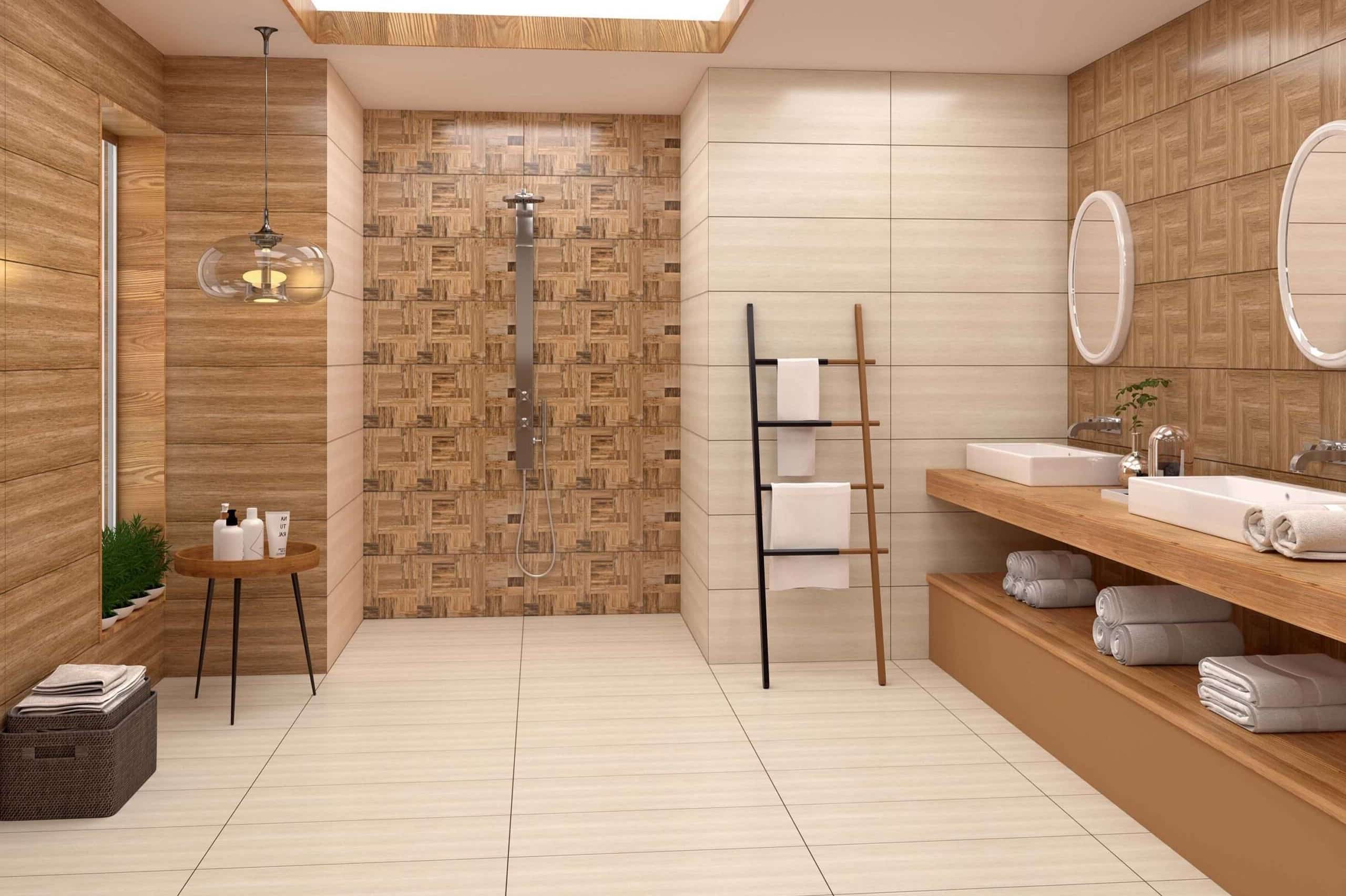
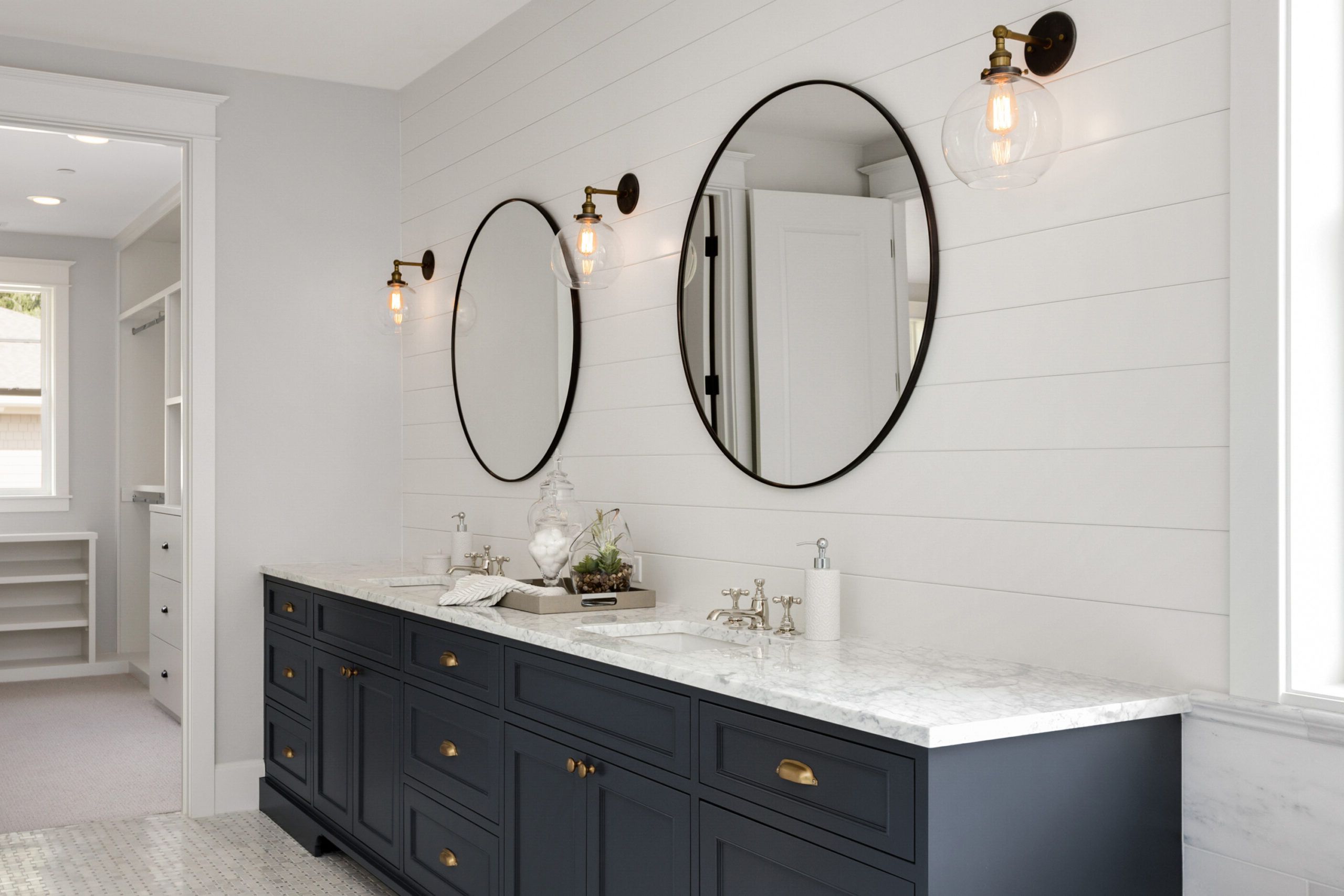
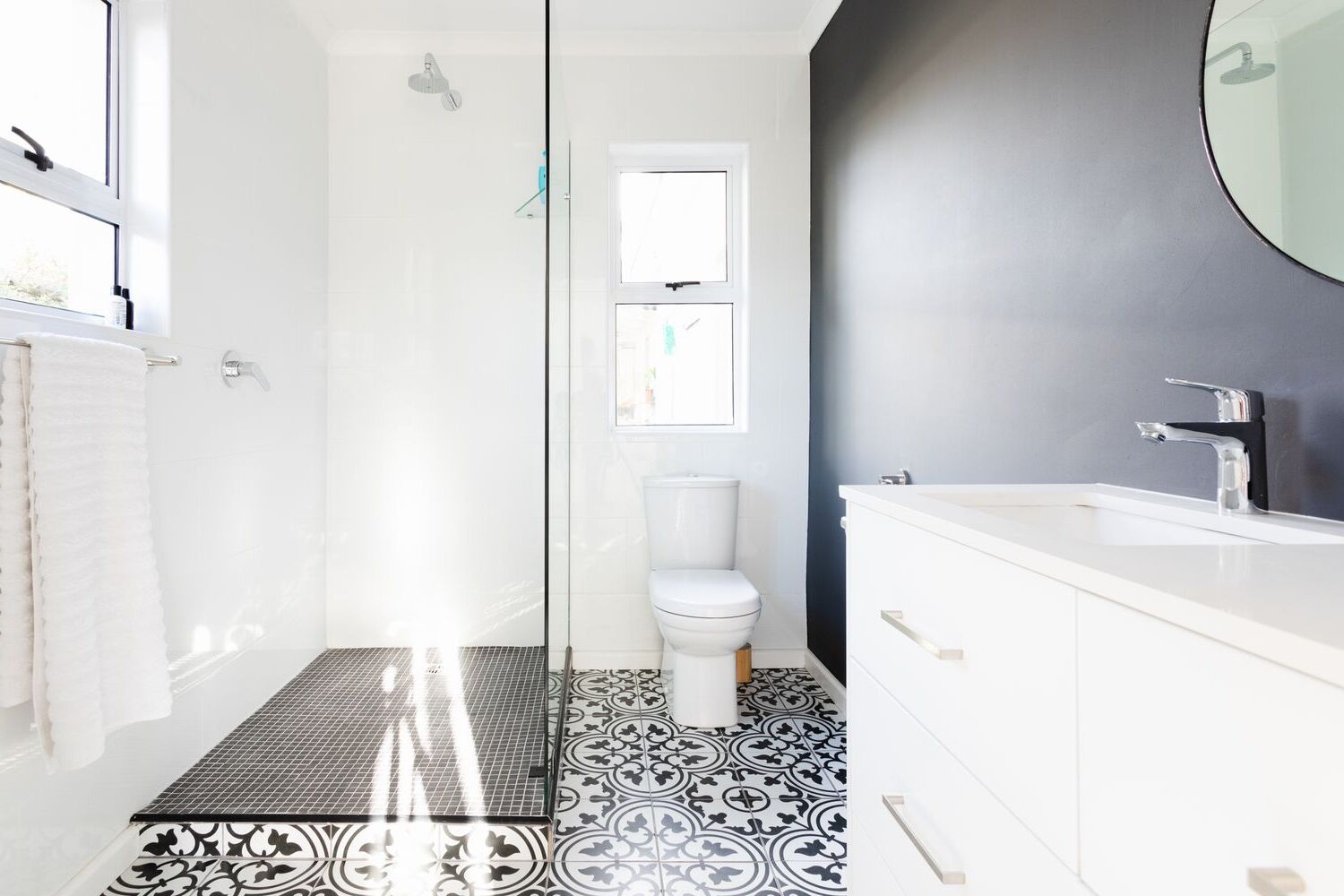

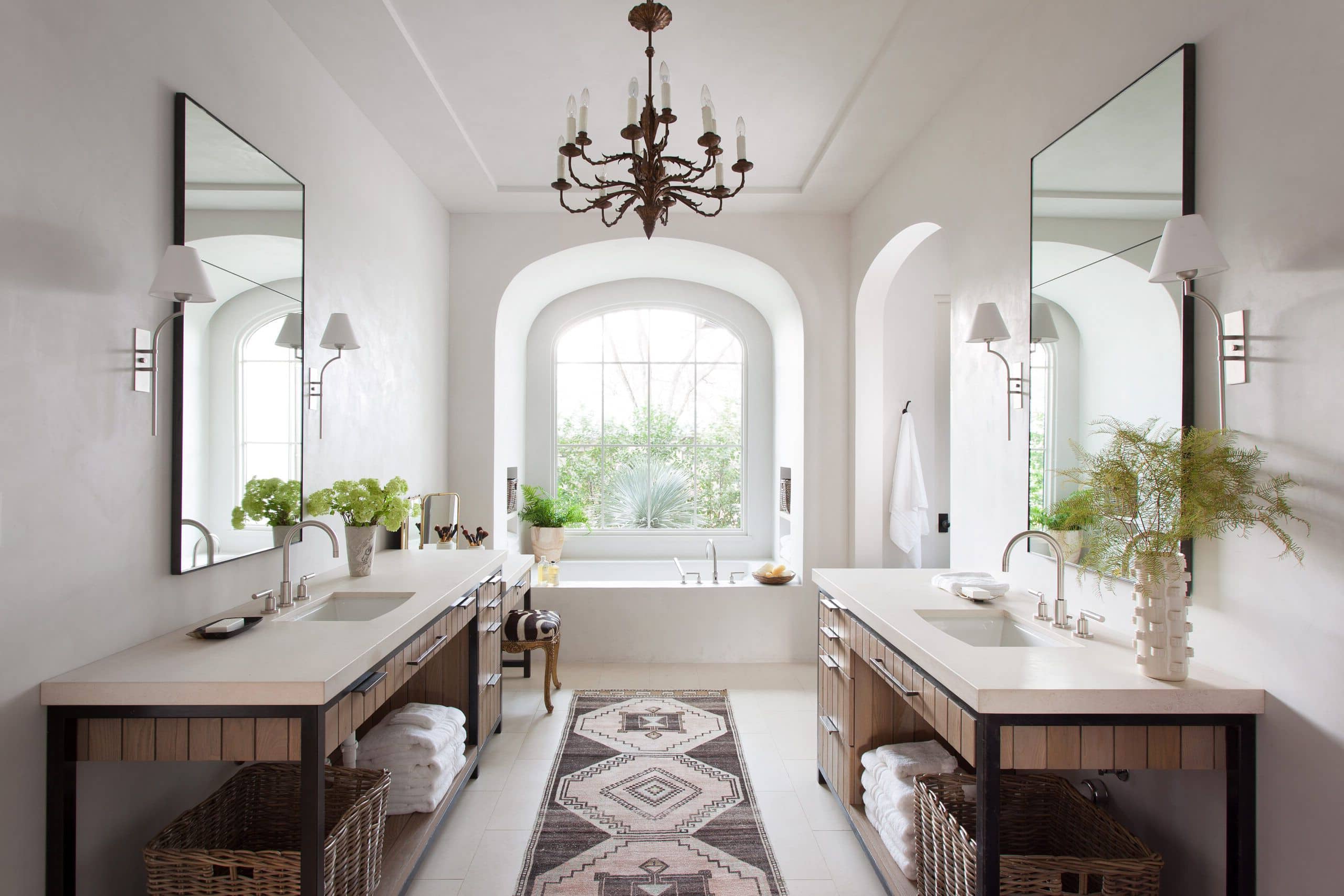
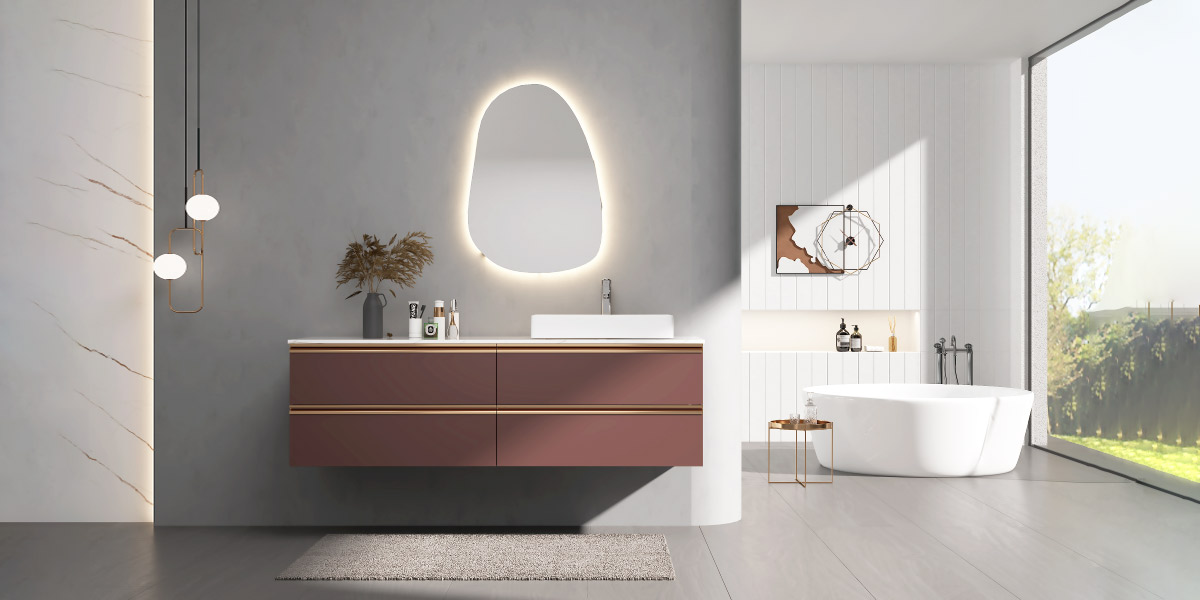
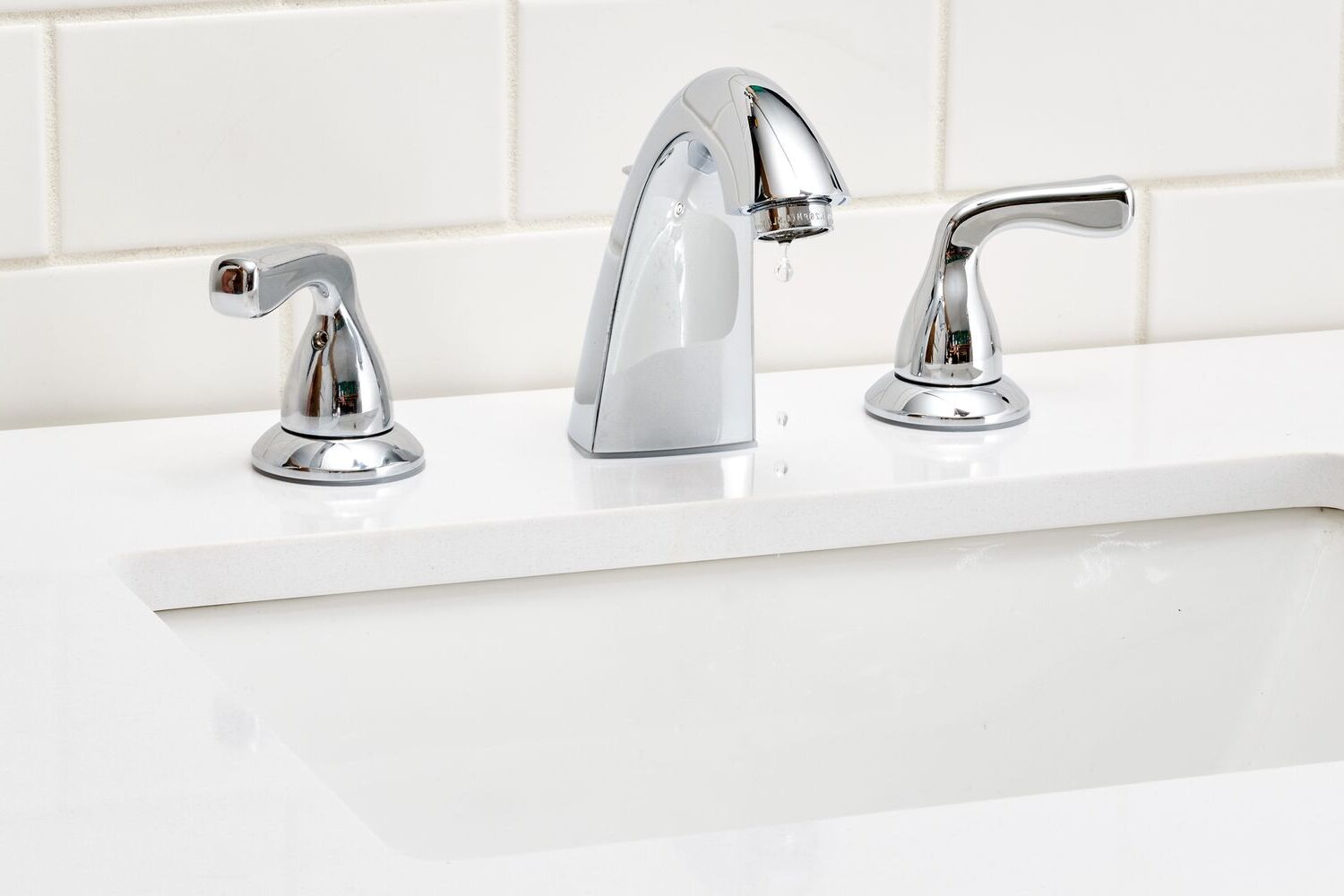
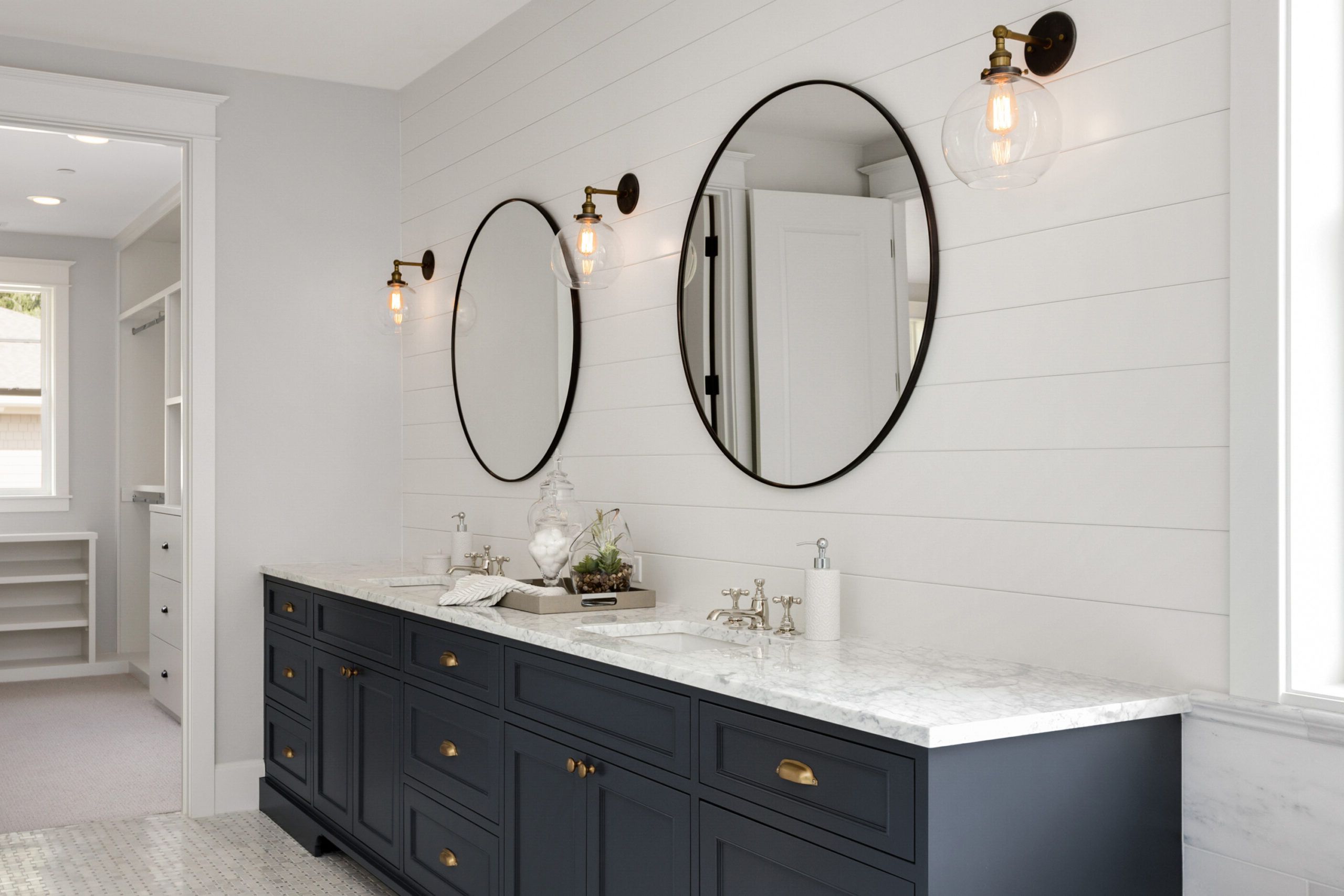
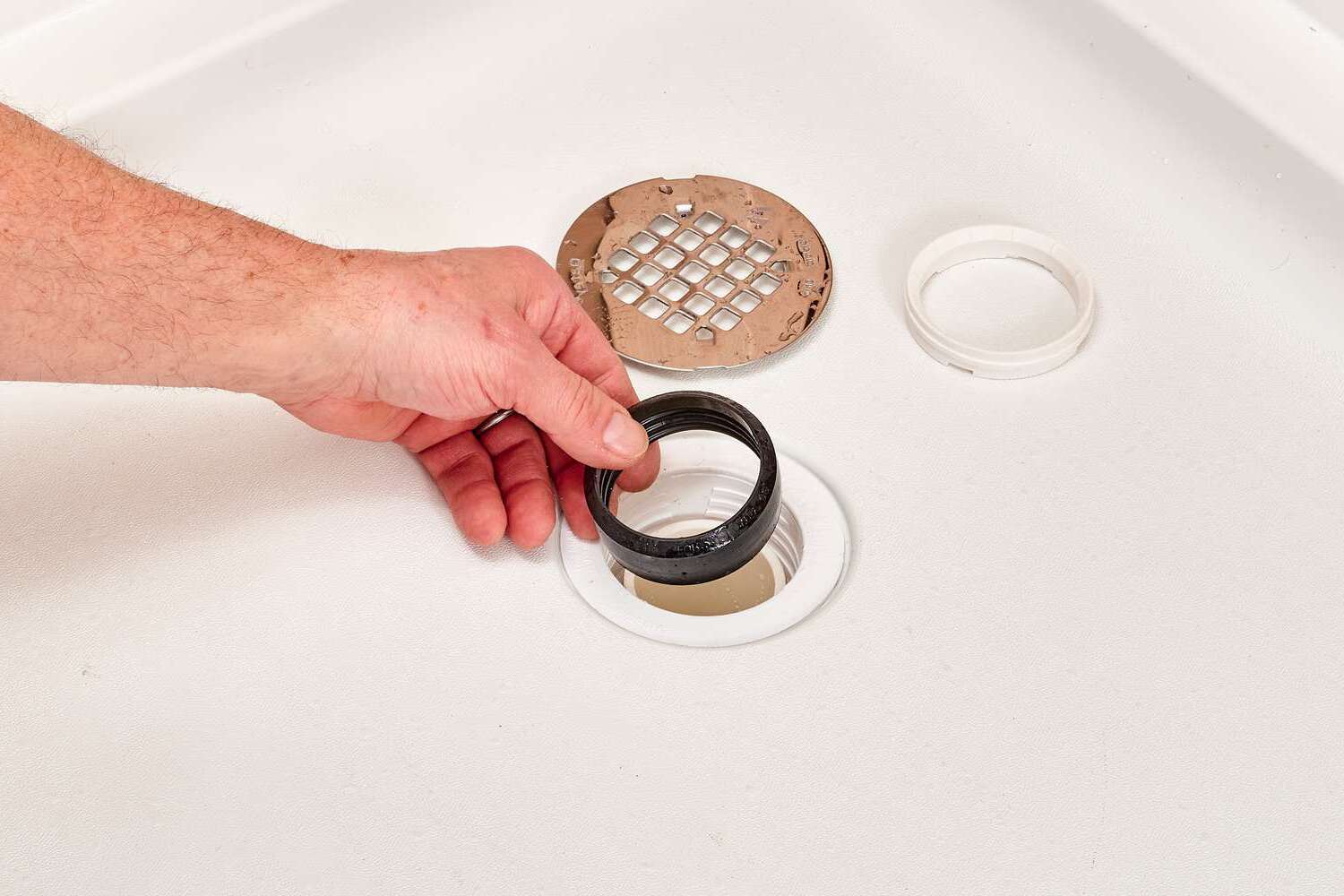
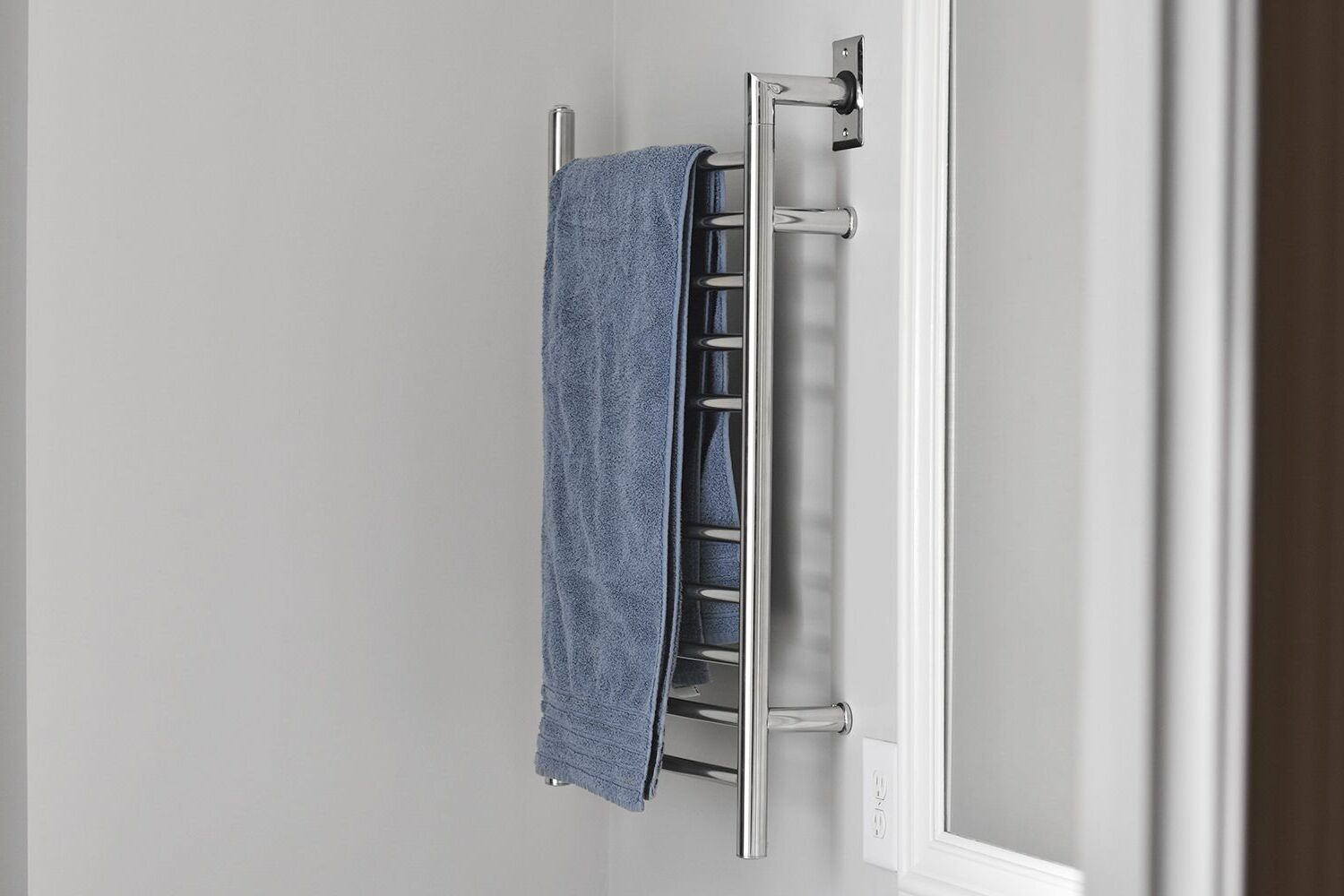
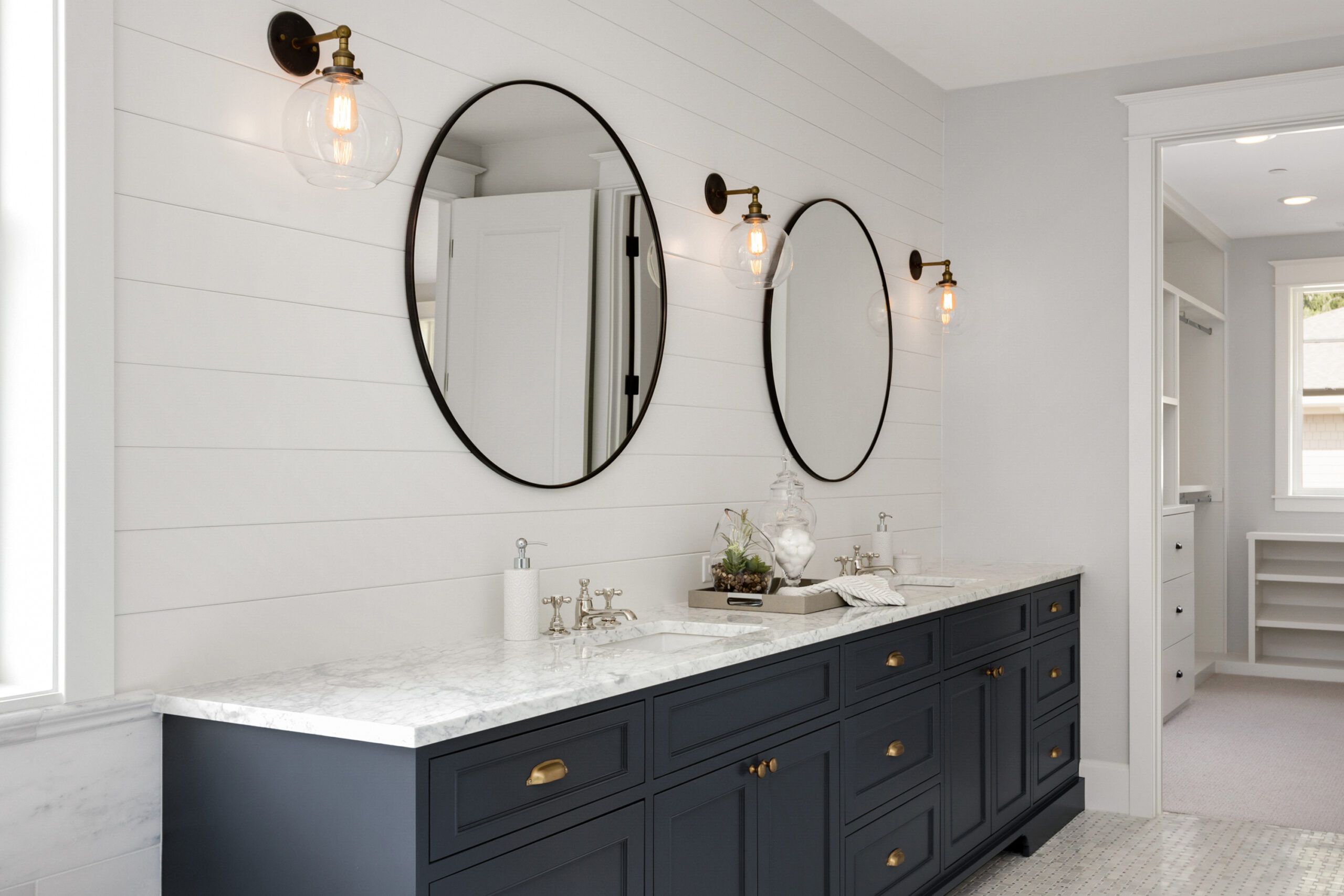
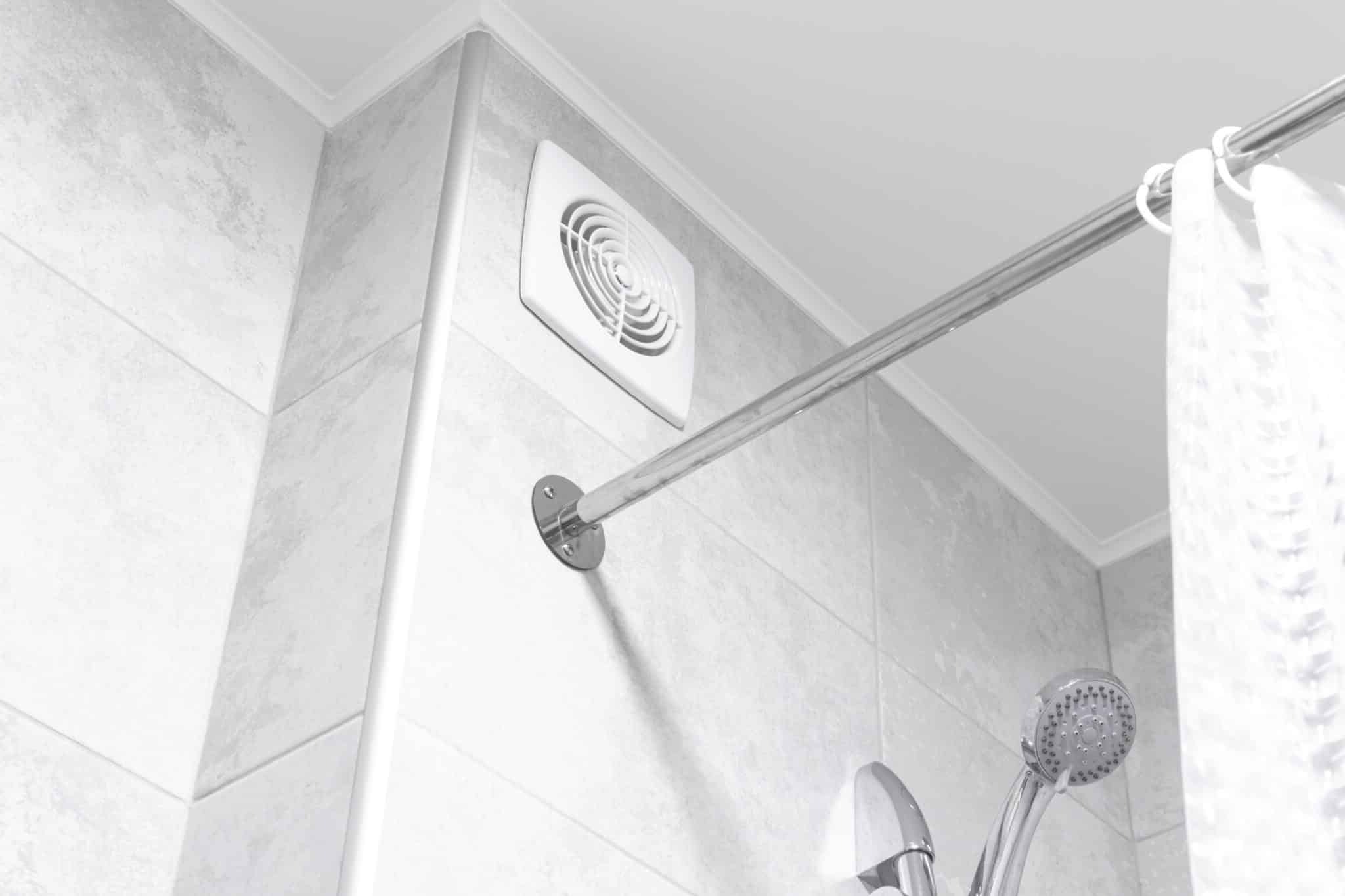
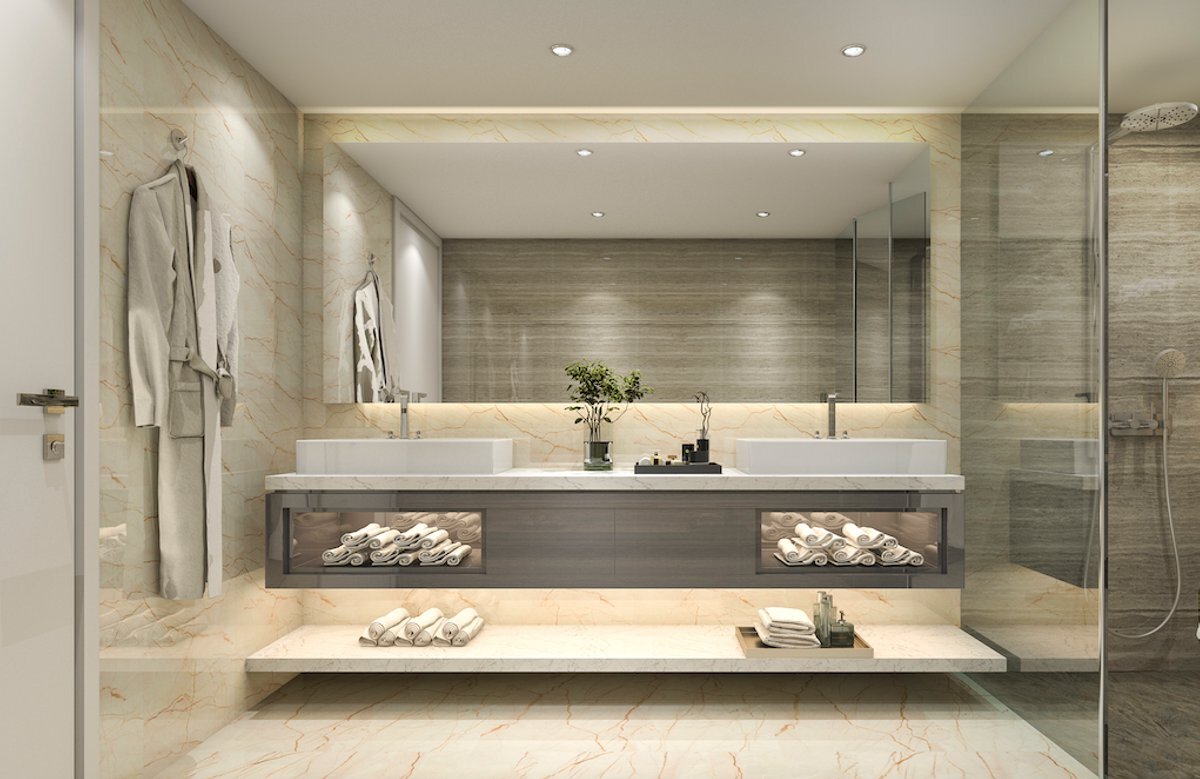
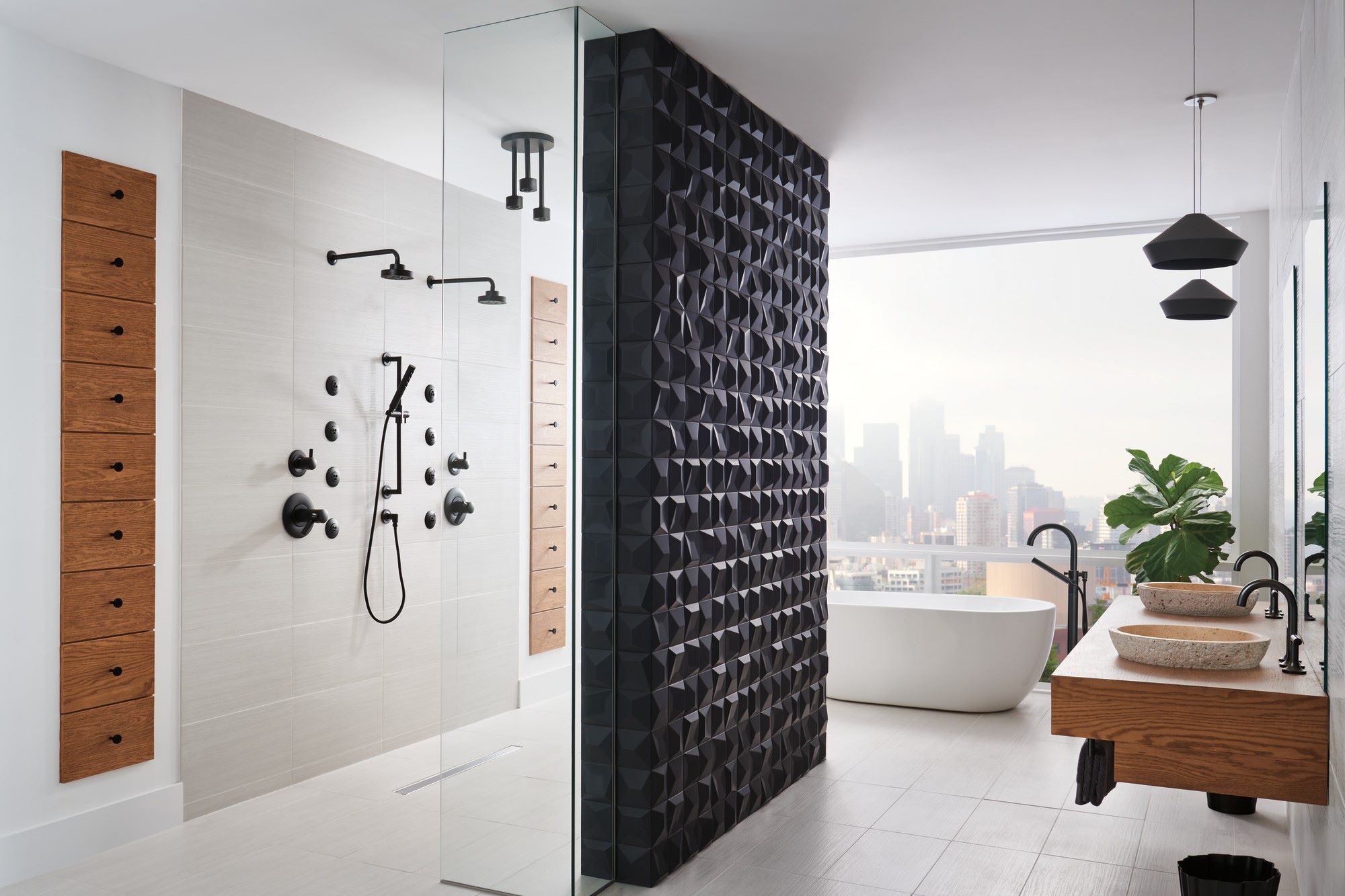

0 thoughts on “How To Choose And Install The Right Bathroom Toilet”